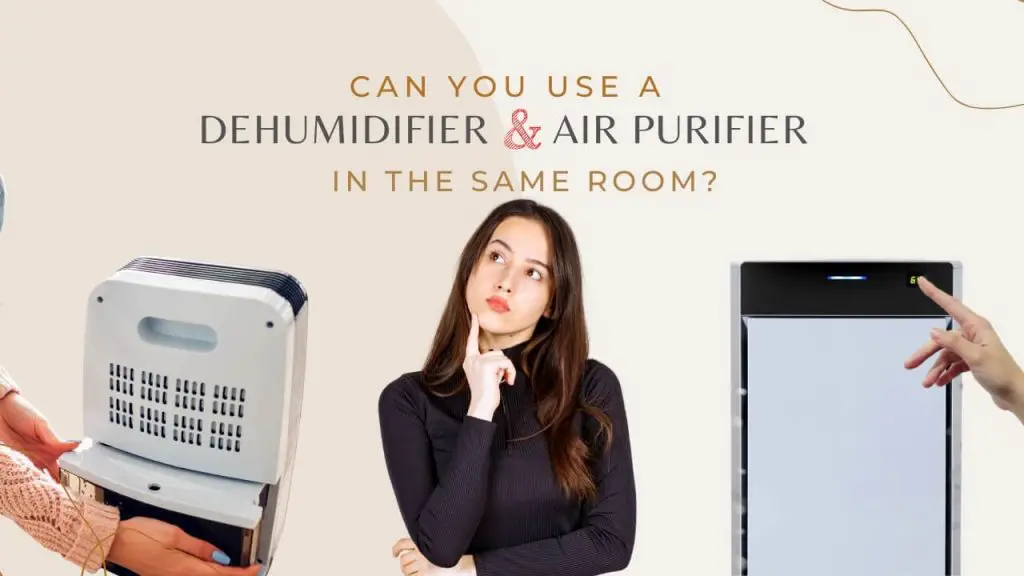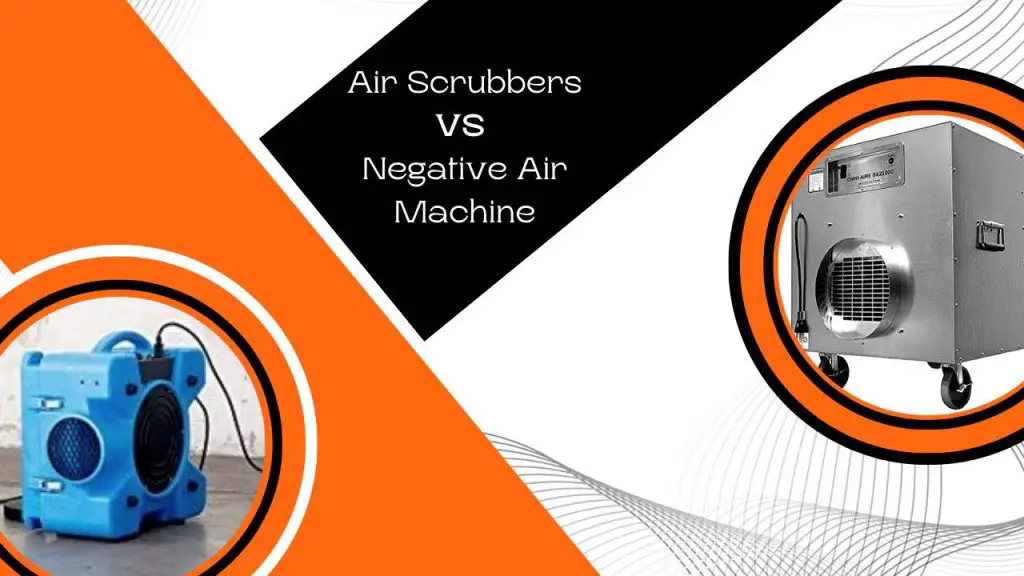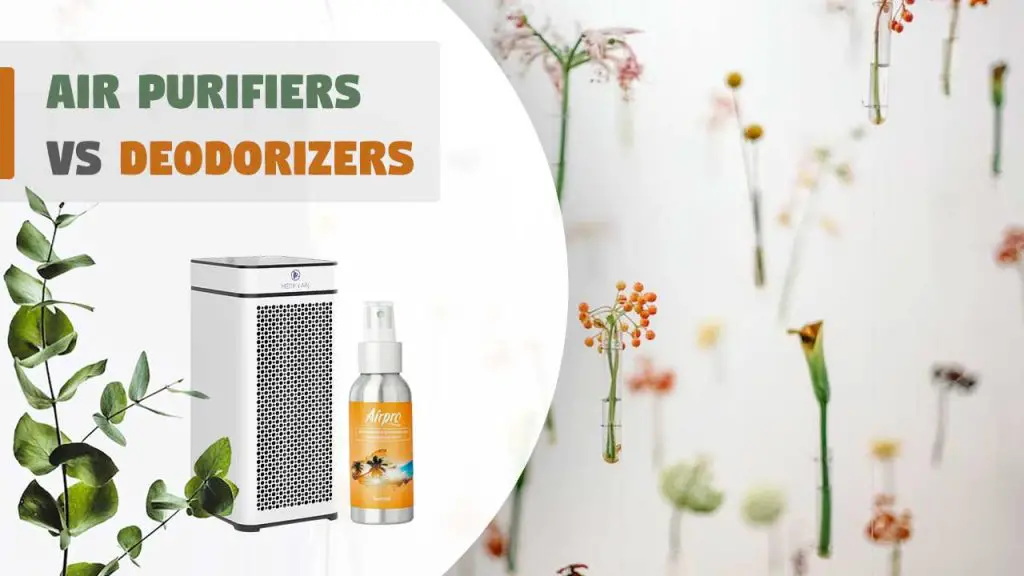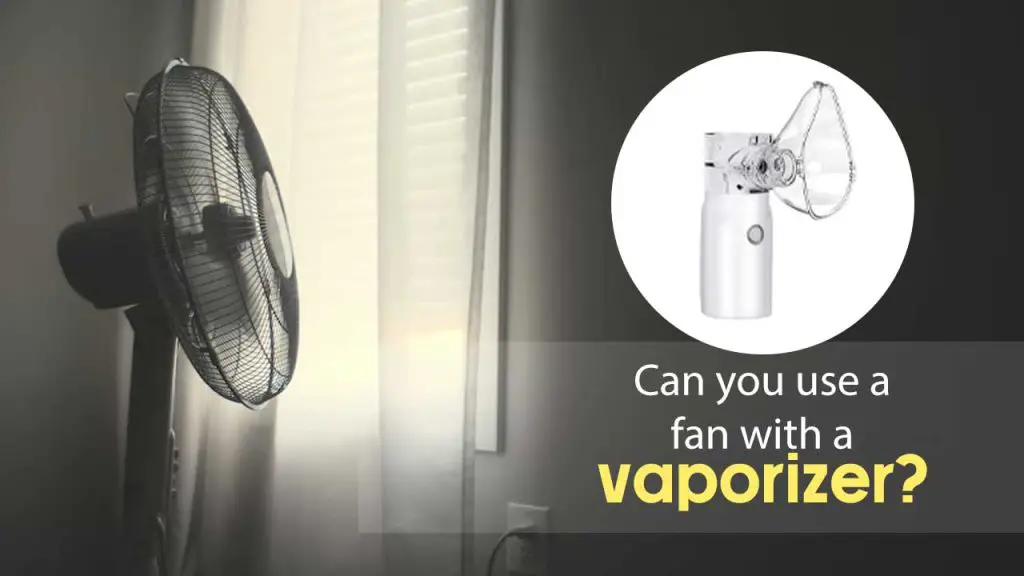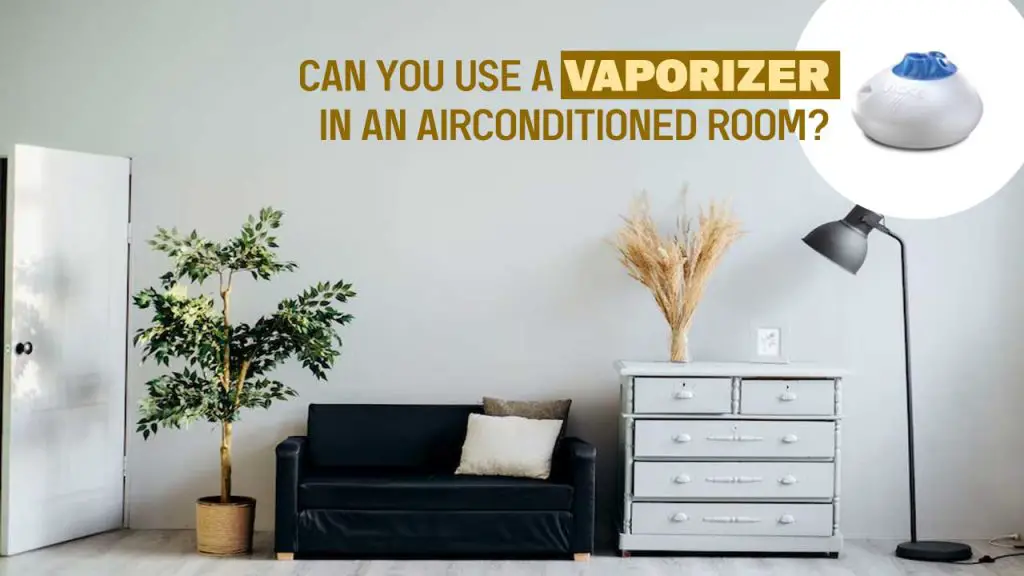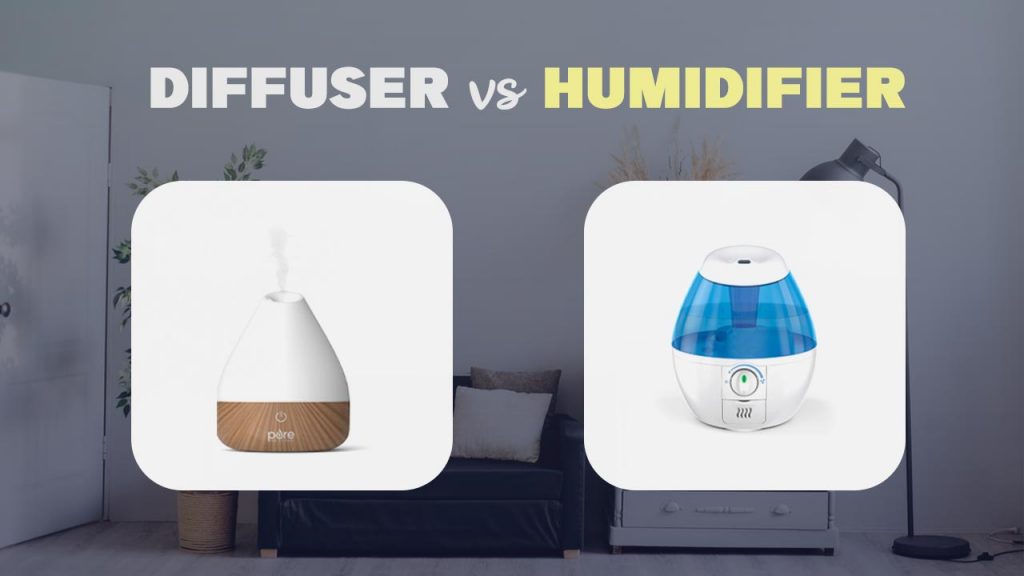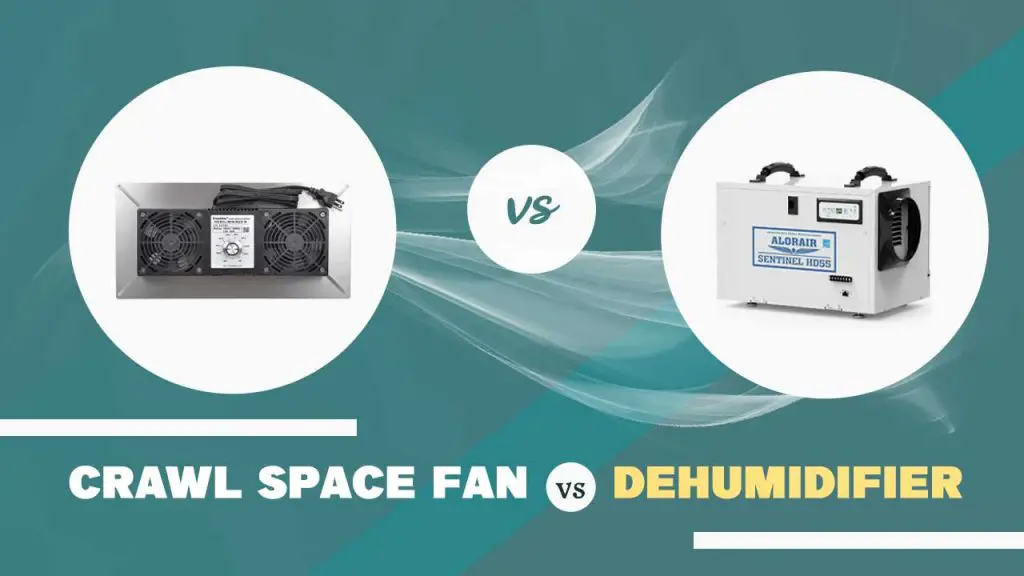To be truly comfortable indoors, one must achieve the perfect air temperature and quality. This means having the right amount of heat or coldness, humidity, and purity. Oftentimes, we do not get the balance we desire and there’s simply no way to control outdoor weather.
But, using the right tools, we can manipulate the whether inside our homes to suit our needs. That is where appliances like dehumidifiers and purifiers come into the picture.
While dehumidifiers are an important appliance for reducing the humidity (air moisture content) in a room, a purifier is used to remove pollutants, contaminants and unwanted particles in the air.
You may own both appliances and are wondering if it is okay to use them in the same room simultaneously. So, can you use a dehumidifier and a Purifier in the same room?
What are their unique differences? Are there consequences of running both together? These are some of the questions we’ll address in this post. Stay with us.
Do I need a Dehumidifier if I have an Air purifier?
The answer is Yes. But to properly address this question, we must first reflect on the uses of a dehumidifier as well as what a Purifier is meant for and see if there is any connection between the two.
Both appliances do different things and do not compromise each other’s function. Therefore, you need a dehumidifier to cut down excess humidity and a Purifier to cleanse your indoor air and protect you from allergies, dust mites, spores, and even some germs.
There are also indications that a dehumidifier supports the job of a Purifier. Let us explain; it is easier for a purifier to clean the room when the air is dry than when there’s so much moisture content in the room.
This is because a purifier works by drawing in air from the room, filtering them and releasing cleaner, fresher air back into the room. Damp, moist air can even clog your purifier in some way.
To recap, you need a dehumidifier if you have uncomfortable levels of humidity in your room, just as much as you need a purifier if you have particles flying around your room.
In the same vein, it is difficult for contaminants to survive in the air when it is less humid. Deploying a dehumidifier will make the job of your purifier easier and reduces the number of hours you would need it to run per time.
Having an air quality sensor and a hygrometer will help you tell when you should deploy these appliances, but you can also often tell when you begin to react to allergies, by sneezing (in the case of air pollution), or when you begin to notice the growth of molds on walls and surfaces.
How does an Air Purifier work?
Indoor air quality is a serious concern in the US with at least 50 million Americans suffering from asthma and allergies.
Allergies, pollutants, pollen and other contaminants can affect your lungs and immune system if not neutralized. Air purifiers have been identified as a great way to get rid of these particles and allergens in a safe and healthy way.
But, how do they do this? There are three different technologies that air filters utilize – the are electrical attraction, filtration, and ozone.
Many air purifiers use the High Efficiency Particulate Air (HEPA) filter which has the ability to trap particles as tiny as 0.3 microns as air flows through the filter in the purifier.
This is a simple filtration technology that would require cleaning or replacing the filters occasionally. Most air purifiers that use electrical attraction technology release gas molecules charged negatively into the air.
These ions then attach to particles and weigh them down. This has some health concerns if care is not taken.
With ozone generators, high-voltage electrical currents are used to convert oxygen to ozone which then goes on to act as an effective oxidant, breaking down microorganisms and molecules in the air. While this is effective, there are safety concerns.
How does a Dehumidifier work?
A dehumidifier’s functionality is pretty much straightforward. The principle is simple. The device pulls warm air currents to its coils using its fans; warm air contraction takes place as it passes through refrigerated coils and condensation remains inside the appliance.
As condensation continues, droplets of water continue to fall into the dehumidifier’s storage tank. What is left is drier, cooler air which is released into your home through a different vent.
Can you use a Dehumidifier and Air Purifier in the Same Room?
This question has been answered earlier, but for the purpose of emphasis, we should reiterate that you can use a dehumidifier and a purifier in the same room.
Just be sure you have the right spots for both of them to function properly. You can also decide to use one after the other or simply use them simultaneously.
There are no downsides, whatsoever in using a dehumidifier and purifier in the same room.
Can you put an air purifier next to a humidifier?
No, don’t even consider it. The idea of using them together is reliant on the fact that the mist released by the humidifier would’ve already been broken up in the air before even coming in contact with the purifier.
But when you put them side-by-side or too close to each other, the moisture released by the humidifier can go into the purifier and clog the filters.
This clogging can go on to damage the filter, especially particulate filters like the HEPA filter. An Activated Carbon filter can also be damaged by excess moisture.
Let’s explain how this works; an air purifier works with powerful fans and vents that collect contaminated air in the room and passes them through a series of filters that clean them up and then release them as fresh, clean and safe breathable air.
On the other hand, a humidifier helps to prevent dryness in the air that may become harmful to our skin, lips and nose. It does this by releasing mist into the air, originally liquid in nature.
These two can work perfectly together but we advise that you put them meters apart, because as much as you need clean air, you need some degree of humidity as well.
Important things to know when using a dehumidifier and air purifier together
We have established earlier that a dehumidifier and purifier complement each other and do not, in any way, inhibit each other’s performance. Notwithstanding, there are a few things to consider when you decide to use a dehumidifier and air purifier together.
The first thing is the power requirement. A dehumidifier is a heavy power consumer by design. This means you would need to take steps to prevent a surge.
You can use a surge protector or get a separate power circuit for it. It is also important that you do not connect it to an extension, but directly to the wall socket.
The next thing to consider is that no matter how powerful both appliances are, they can only do so much if there is a leakage in your home or a source of excess moisture. You would need to take care of that first.
Finally, only use an appliance if you need it. Unless you live in a humid, hot region, or an environment close to the sea, you’re likely not going to have humidity levels rising above 50% and will, therefore, not need a dehumidifier.
Only deploy your dehumidifier and purifier when the situation calls for it. Otherwise, you’ll find your air becoming too dry, with humidity dropping below 30%.
Dehumidifier vs Air purifier [Key Differences]
| Dehumidifier | Air Purifier |
| Dehumidifiers are needed to reduce excess humidity in the air. | Purifiers do the job of removing contaminants, pollutants and particles in the air |
| Dehumidifiers consume a lot of energy | Purifiers do not consume as much energy as dehumidifiers |
| They collect warm air from the room and release cool, dry air back into the room | They collect polluted air in the room, filter it and then release it as fresher, cleaner air back into the room |
| They collect moisture content | They collect particles and gases |
| It is a preventive appliance | Deployed when the damage is already done |
Final Comments:
If you have a dehumidifier and a purifier, now you know you can deploy them in the same room, at the same time. There are no hassles or downsides to the combination.
As long as you consider the factors highlighted above for using both of them together, you won’t have any problem using them together in your home.
| Photo | Title | Buy |
|---|---|---|

|
LEVOIT Air Purifier for Home & Bedroom - For Allergies and Pets Hair | Check Price On Amazon |

|
BREEZOME 60 OZ Quiet Dehumidifiers for Home, Dual-Semiconductor | Check Price On Amazon |

|
AquaOasis™ Cool Mist Quiet Ultrasonic Humidifier for Bedroom & Large room | Check Price On Amazon |

|
43.3'' Portable Air Conditioners, 3-IN-1 Evaporative Air Cooler w/Remote | Check Price On Amazon |

|
BlueDri BD-AS-550-BL Negative Machine Airbourne Cleaner HEPA Air Scrubber | Check Price On Amazon |

|
Space Heater, VCK 24" 12ft/s Fast Quiet Heating Portable Electric Heater | Check Price On Amazon |
